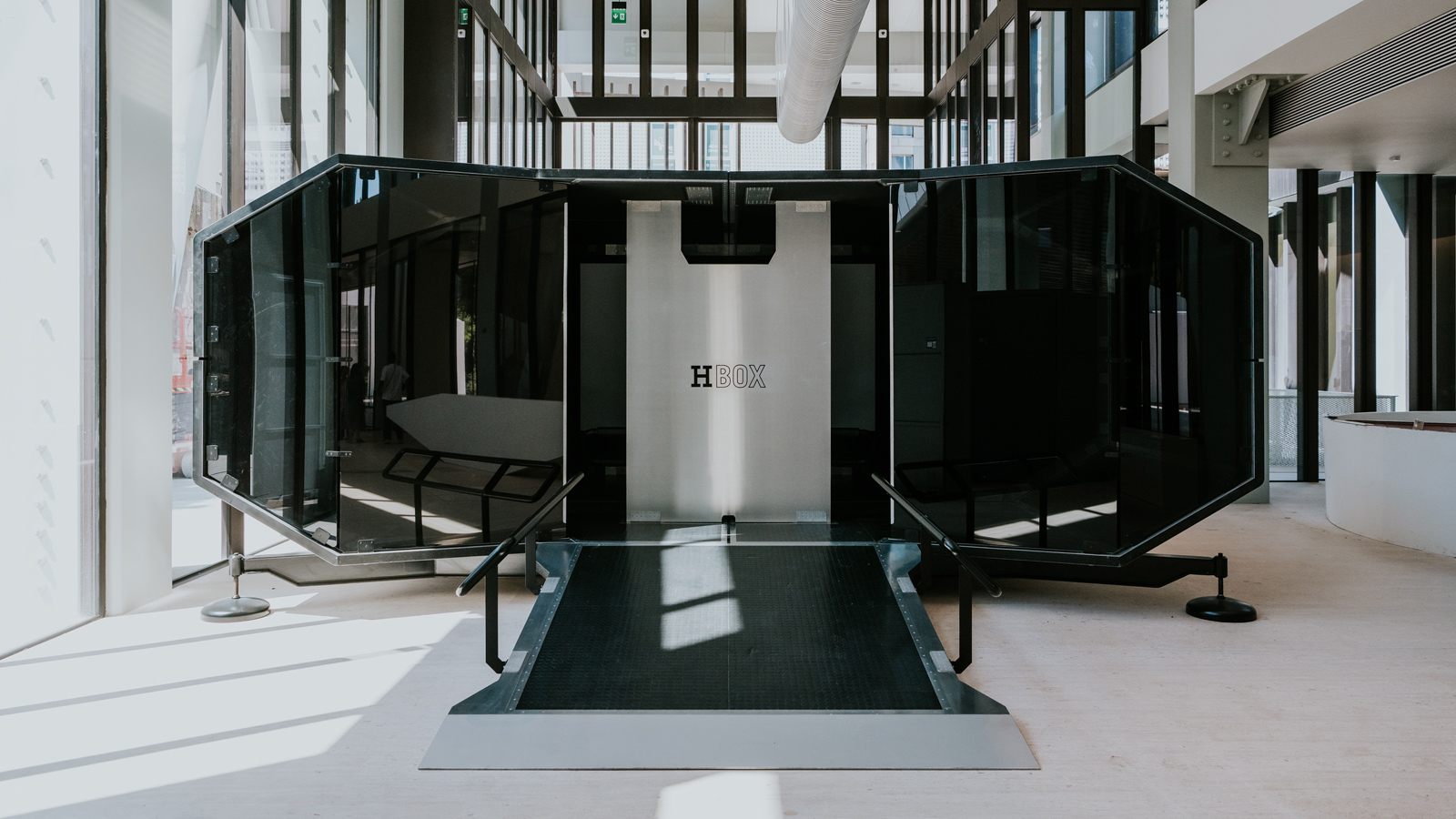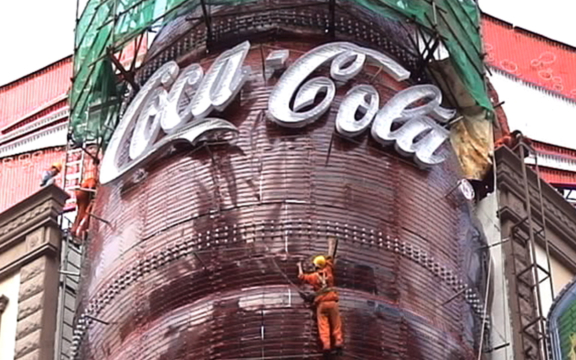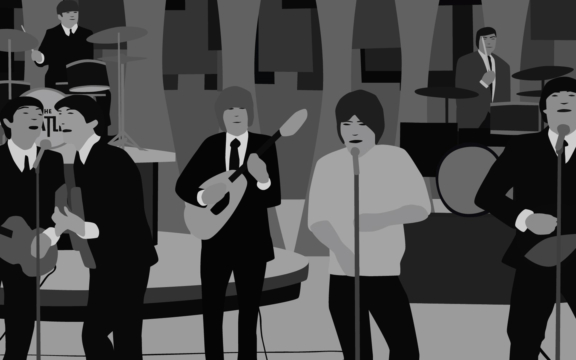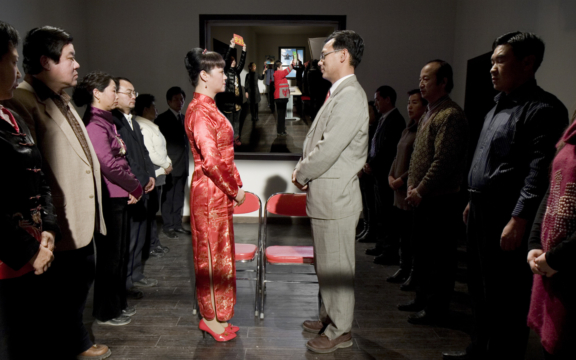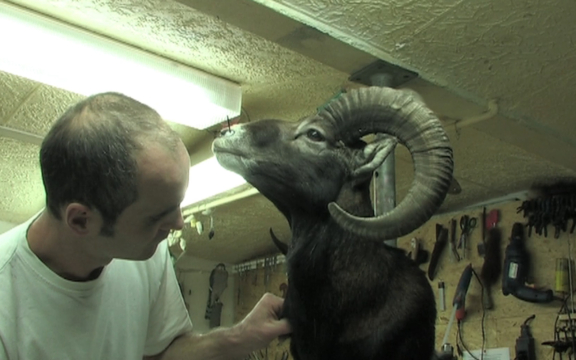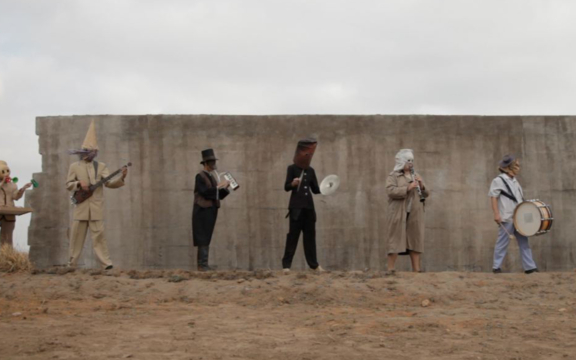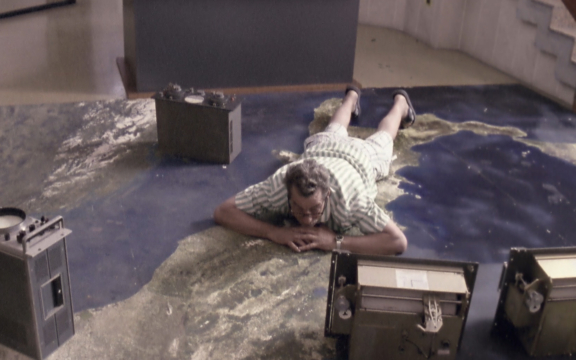
H BOX
Event Slider
Date
- Closed on Tuesday
Location
Foyer Centro de Arte Moderna GulbenkianPricing
- Free entry
Launched at Centre Pompidou in 2007, with a changing selection of artist videos commissioned by Fondation d’entreprise Hermès from 2005 to 2011, the purpose of the H BOX was to share young artists’ inquisitive views on the world by supporting the production of new works and presenting them worldwide.
Fiúza-Faustino designed this space to house moving images and show them with the highest quality image and sound. This spaceship looking screening room, built with high-tech aluminium used in the aerospace industry, lands now at CAM with 12 videos that can be selected by visitors.
The inaugural programme includes videos by Ali Kazma, Cao Fei, Rosa Barba, Sara Ramo and Wang Jianwei.
'The Empirical Effect', by Rosa Barba
16 mm film transferred to digital video, 22'
Color, Sound stereo
Courtesy of the artist ©Rosa Barba
Conceiving the volcano as a metaphor for the complex relationships between society and politics, and whose activity is meticulously monitored and publicized as a great spectacle in the media, the topographical starting point of 'The Empirical Effect' (2010) is the area around Mount Vesuvius in southern Italy. The film's protagonists are all survivors of the volcano's last active eruption in 1944 and live in the so-called “Red Zone” – the volcano's immediate danger zone. The recordings were made in an abandoned observatory near the crater, where ordinary people and all kinds of secret societies coexist.
Best known for her experimental film installations and sculptures that explore themes of time, memory, language and the physical properties of film itself, Rosa Barba's (Agrigento, 1972, lives in Berlin) often presents an innovative approach to filmmaking that blurs the boundaries between cinema and the visual arts, challenging viewers to reconsider the conventions of narrative storytelling. Cinema as a narrative construction is the centre of the artist’s creative investigation, where the film is often conceived as a sculptural element.
'Man Eats Rock', by Nikhil Chopra and Munir Kabani
Single channel HD video, 22'08''
Color, Sound stereo
A film by Nikhil Chopra and Munir Kabani
'Man Eats Rock' (2011) stands as an attempt to unearth simple and yet fundamental questions: Who are we? Where have we come from and where are we going? The film is set in three worlds or is treated as three vignettes: the first resembling prehistory; the second 19th century decadent romanticism; the third a contemporary industrial urban world. In these worlds the spectator will look at drawing and film as a means of record making to talk about the function of representation. The film also attempts to question our place on this planet, as we get subsumed by our need and desire to consume.
Nikhil Chopra (Kolkata, 1974, lives in Goa) is a performance artist, painter, and actor known for his durational performances that blur the lines between art, theater, and life. His work often explores themes of identity, history, and cultural memory through the lens of his personal experiences and heritage. Munir Kabani (1976, lives in Mumbai) is known for his conceptual and socially engaged artworks that critique political systems, consumer culture, and the human condition. His practice spans photography, video, installation, and performance art.
'Oracle', by Sebastián Diáz Morales
Digital SD video, 11'
Color, Sound stereo
Courtesy of the artist and Gallery Carlier | Gebauer, Berlin, Madrid
The video installation Oracle alternates a series of apparently random images that are not linked from one to another. They just follow on, like the tesserae in a mosaic that is yet to be completed. The title seems to allude to the tradition of the Greek Oracle as a source of wisdom and prophecy, capable of offering a vision of the future via a combination of elements from the present. A plastic bag moved by the wind, a solitary man staring at the sea and a solar eclipse are just some of the images that appear on the screen as propitiatory signs, and with which the audience can create their own free response.
The artist’s examination of perception and reality is based on the assumption that reality itself is by nature highly fictional.
The alluring images in the works of Sebastián Diáz Morales (Comodoro Rivadivia, 1975, lives in Amsterdam) speak clearly for themselves, though they usually lack sound. This aspect allows the artist to give the audience room to create their own individual and personal story, without imposing any set structure.
'Diorama', by Kota Ezawa
Mini DV converted to digital video, 1'55'' (loop)
Black and white, Sound stereo
Courtesy of the artist, Fraenkel Gallery, San Francisco, and Ryan Lee Gallery, New York
In Diorama (2009) performances by The Beatles and The Rolling Stones on the Ed Sullivan Show are combined into an animated mashup of 1960s popular music. The camera endlessly pans across the members of both bands as they play snippets of ‘Twist and Shout’ and ‘Time is on my Side.’ In this way the animation allows viewers to re-experience these iconic performances as a rotating diorama of TV and music history.
The work of Kota Ezawa (Cologne, 1969, lives in Oakland, CA) explores the appropriation and mediation of current events and images, referencing sources from the news and art history. Ezawa has been well-known for creating light-boxes, videos, and works on paper that distill found images into his signature pared-down, flattened style. By reducing complex visual information to its most essential, two-dimensional elements, his works can transcend the specificity of the image into a more universal realm.
'5000 Feet is the Best', by Omer Fast
Single channel HD video, 32'
Color, Sound stereo
Commissioned by the Hermès Foundation, Kadist Foundation, Dublin Contemporary, The Model, Sligo
'5000 Feet is the Best' (2011) is based on conversations with a U.S. Predator drone operator, which were recorded in a Las Vegas hotel in 2010. On camera, the drone operator discussed the technical aspects of his job and his daily routine. Off-camera and off-the-record, he briefly described incidents in which the unmanned plane fired at both militants and civilians. The film repeatedly turns from documentary to reenactment and fiction, weaving together the drone operator’s account, along with scenes depicting other crimes in and around Las Vegas. '5000 Feet is the Best' was originally premiered in the 52nd Venice Biennale in 2011.
The films and videos of Omer Fast (Jerusalem, 1972, lives in Berlin) oscillate between reality and fiction, documentation, and drama. With a cinematic gaze, the artist relates stories that symbolically reveal the power structures of our present, where personal memories of witnesses pervade events.
'The Birth of RMB City', by Cao Fei
'Machinima', Single channel HD video, 10'32''
Color, Sound stereo
Courtesy of the artist, Vitamin Creative Space and Sprüth Magers
For some years, Cao Fei has lived online, more specifically in Second Life®. Her adventures, or rather, those of her avatar China Tracy have been documented as we can see in the example of 'The Birth of RMB City' (2009), an environment developed on a "plot" that the artist acquired in the virtual world in 2006. Using 'Machinima', a technique developed by players in the early days of network gaming, she created videos, which fall somewhere between fiction and documentation of an ongoing performance. This work formally takes us back to the early stages of video in the late 1960s, while tells the story of the layered lives we all lead.
Cao Fei (Guangzhou, 1978, lives in Beijing) is a multimedia artist frequently described as a leading figure for the “new generation” of Chinese artists. Fei's works, reflecting on the rapid and developmental changes occurring in Chinese society today, mirror a mix of themes ranging from social commentary, popular aesthetics, references to surrealism and documentary conventions in her films and installations.
'Zero', by Wang Jianwei
HD video transferred to digital beta, 18'
Color, Sound stereo
Courtesy of the artist and MadeIn Gallery
'Zero' (2010) is not only the end of things, but also the beginning of a new state, offering a method to describe contradictions and dilemmas, and providing the possibility of the coexistence of two modes of behavior – illusion and death, in two different directions – beginning and end. In the final moments of the person who is committing suicide, what they are losing and what they hope for (the illusory exit and the channel of death) coexist in their way to death.
This "suicide" can be understood as the guest to death, attempting to forcibly enter a silent zone, that has never been opened before through an irreversible way of life. The process that is prolonged "intendedly" reveals the absurdity and weirdness hidden beneath many normal orders. Each room displays the coexistence that cannot be merged in the whole world, and the community of a kind of dilemma.
One of China's references in conceptual art, Wang Jianwei (Suining, 1958, lives in Beijing) frequently explores the themes of knowledge, society and ideology through a variety of media, including painting, sculpture, video, film, installation and multimedia theater.
'Taxidermist', by Ali Kazma
DV PAL converted to HD video, 10'
Color, Sound stereo
Courtesy of the artist and Fondation d'entreprise Hermès
'Taxidermista' (2010) stages a close encounter with illusion. The film shows, in a very crude way, the reconstruction process that involves the stuffing of dead animals. With the aim of showing life as one posture, the artist reproduces, through his research, a fictional notion of "product." The viewer can see this short film as a continuation of 'Slaughterhouse' (2007), in which Kazma examines the process through which animal dead bodies go through to become meat for consumption, in a slaughterhouse.
Ömer Ali Kazma (Istanbul, 1971, lives in Istanbul and Paris) has produced short films and documentaries, focusing on production systems and work practices. With his camera and surgical approach, the artist exercises deep, intimate and meticulous observations, revealing detailed ways of making, for both products and processes. The artist has ventured into workshops of artisans and artists, jeans factories and slaughterhouses, always obsessed in following what is normally invisible and mysterious.
'Plaques (Slab)', by Shahryar Nashat
35 mm film transferred to digital video, 6'40''
Color, Sound stereo
Courtesy of the artist and David Kordansky Gallery
'Plaques' (2007) is another kind of story, one in which the artist invents formal links between two independent and probably unrelated narrative elements. Nashat’s ultra-aestheticized footage and “score” of the making of a concrete slab is in fact a composition, almost as much as Glenn Gould’s famous interpretation of Johann Sebastian Bach’s “Goldberg Variations.” Having found one of the most revered recordings of Gould's interpretation of Bach's work, the artist discovered the sculptural element that would be the starting point of his own composition.
Shahryar Nashat (Geneva, 1975, lives in Los Angeles) makes sculptures, videos, and other works in which the human body and its representations play a central role. However, this is not merely a matter of visual analysis. Rather, Nashat gets at the very experience of what it means to be a body at a moment when the technologies that filter experience encourage fragmentation and distance. Desire, mortality, fragility, and resilience are among the thematic concerns his work addresses.
'A Banda dos Sete (The Band of Seven)', by Sara Ramo
Single channel HD video, 20'35''
Color, Sound 5.1
Courtesy of the artist and Fortes D'Aloia & Gabriel, Sao Paulo/Rio de Janeiro
'The Band of Seven' (2010) presents a group of musicians playing the same tune over and over again on clarinet, melodica, drum, bass, xylophone, cymbals and percussion, whilst magically circulating a fragment of a freestanding wall in the landscape. One is immediately reminded of a glockenspiel clock or a music box. The band of seven instrumentalists emerges from the left-hand corner of the wall and when it disappears around the right-hand corner, the tune fades and disappears, only to become audible again when the band comes back into sight.
Sara Ramo (Madrid, 1975, lives in Belo Horizonte) appropriates everyday elements and scenes, displacing them from their original context and rearranging them in her videos, photographs, collages, sculptures and installations. Often she uses personal memory, fiction or fairy tales in order to create unexpected settings and give new meaning to what is around us. Ordinary objects gain surprising value or scale, revealing our world as vulnerable and ambiguous.
'Open Score', by Su-Mei Tse
Single channel HD video, 10'
Color, Sound stereo
Courtesy of the artist and Peter Blum Gallery, NY
In the middle of an empty space, there is the artist, holding a racket and facing the viewer. With a slow movement and tapping an orange ball, she begins a game in which colored lines appear on the wall, guiding the ball's trajectory, thus redefining the space.
The game appears like a dance performance. The idea of cadence is therefore essential, revealing the character's choreography and gestures. Recalling the lines of a musical score, Open Score (2007), whose title is borrowed from a 60’s performance by Robert Rauschenberg, oscillates between musical and sporting impact.
Since the early 2000s Su-Mei Tse (Luxembourg, 1973, lives in Berlin) has developed an oeuvre that is informed by her training in visual arts and music as well as by her cosmopolitan European and Asian background. Her deeply poetic videos, sculptures and installations reveal the unfolding of time and the subjectivity of experience. Much of her work is concerned with acoustics, but, rather than as a recurring theme, she uses sound for its distinctly evocative aspects and as a prism through which she contemplates the world.
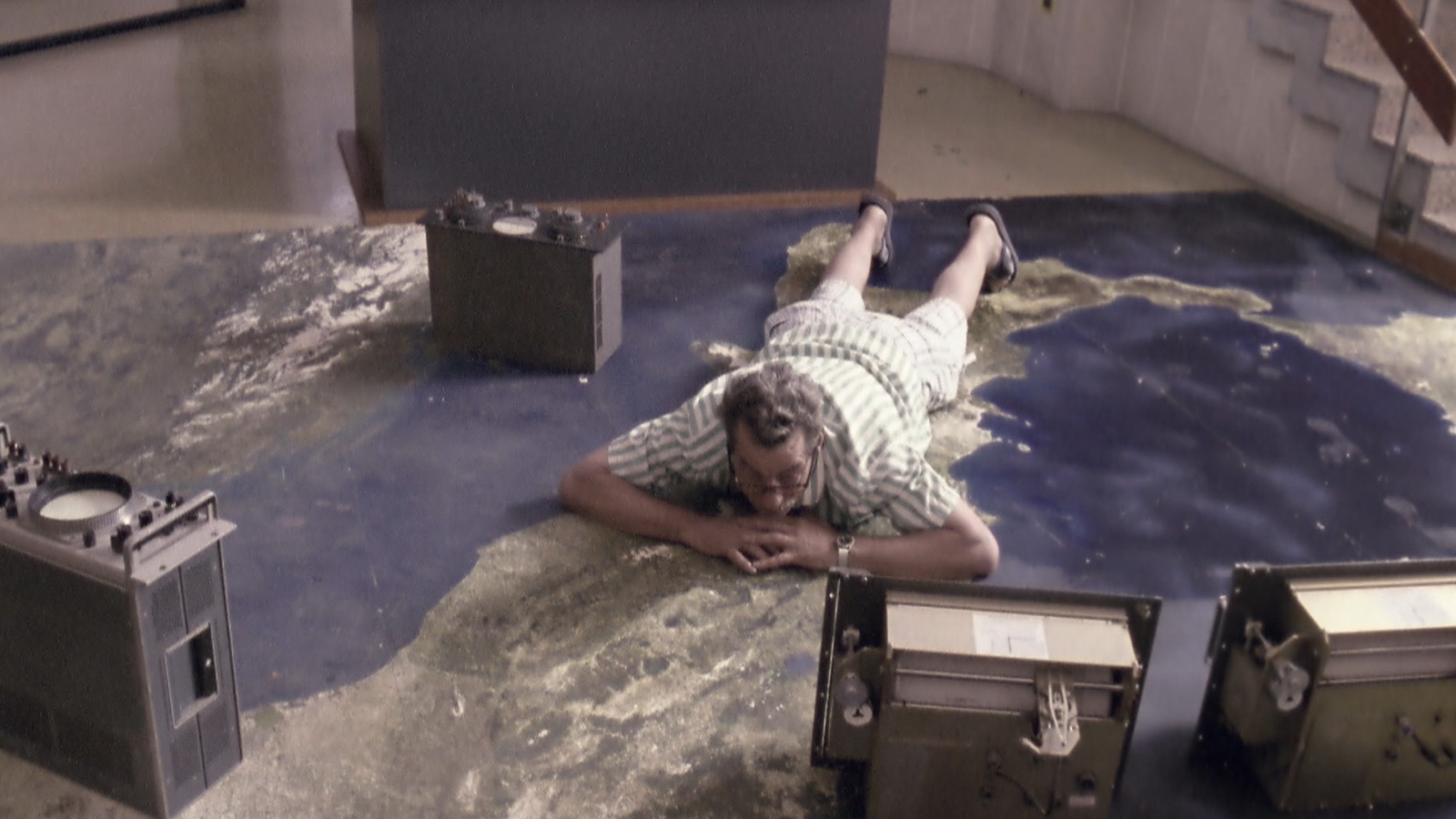
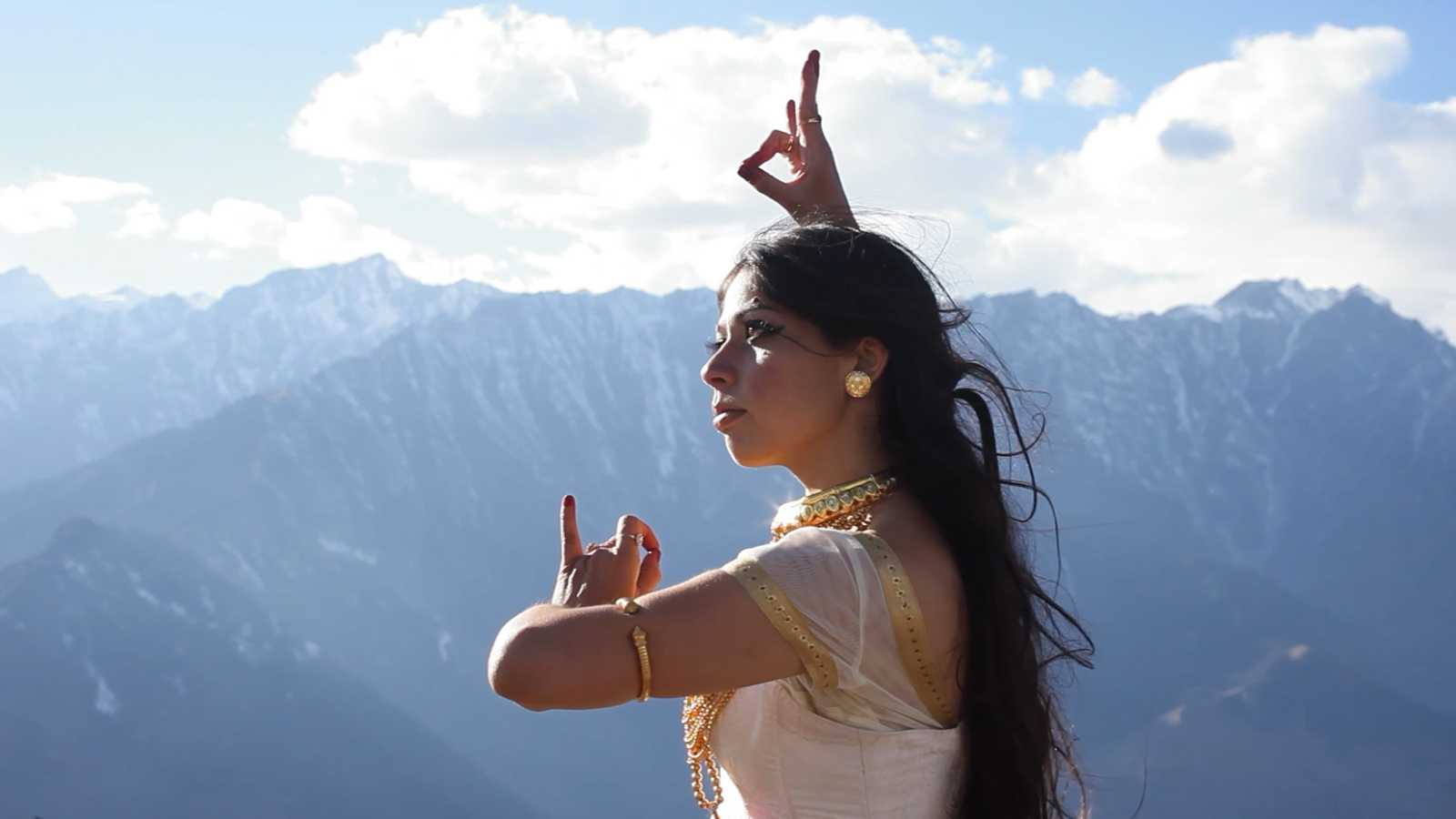
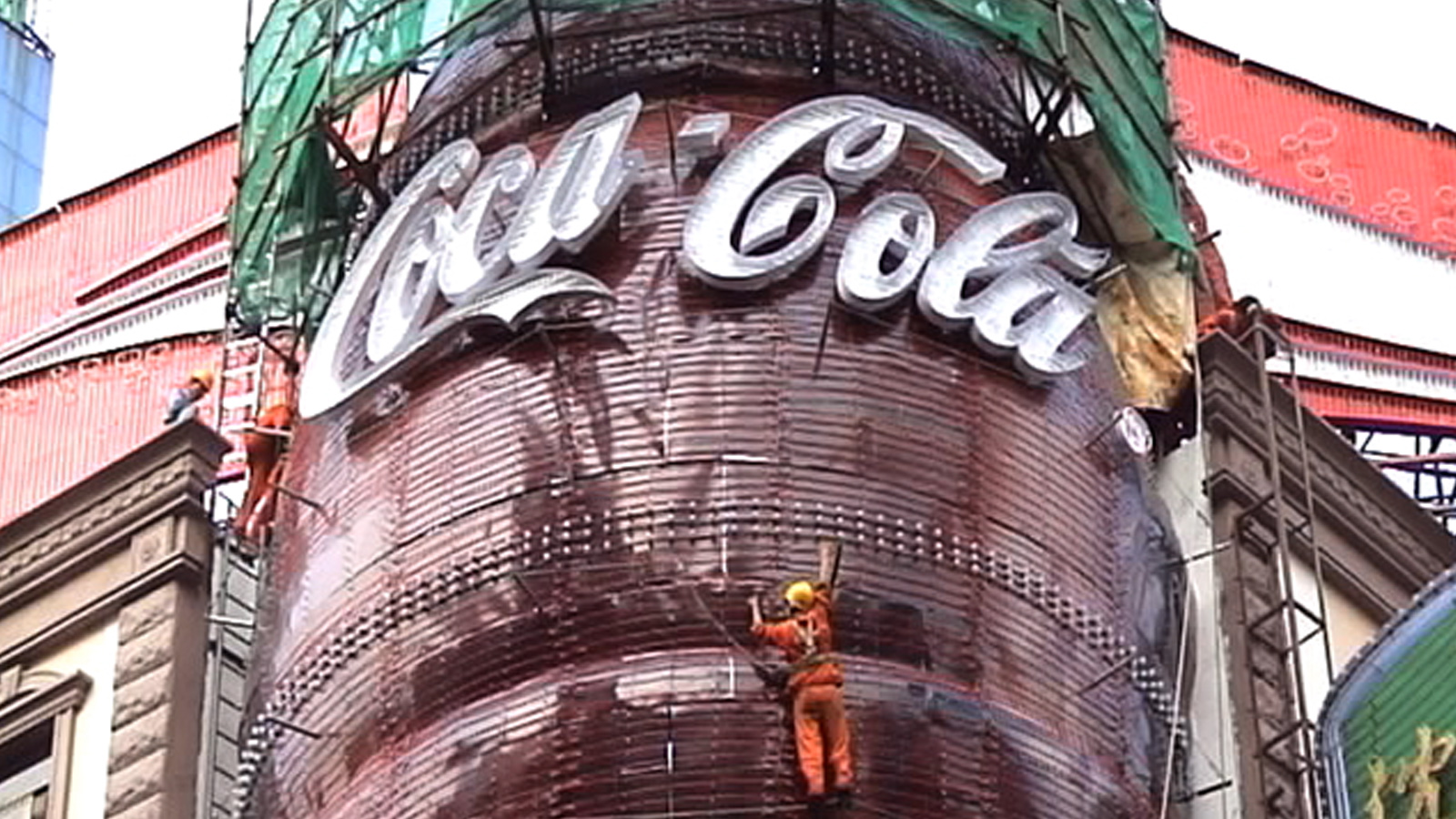

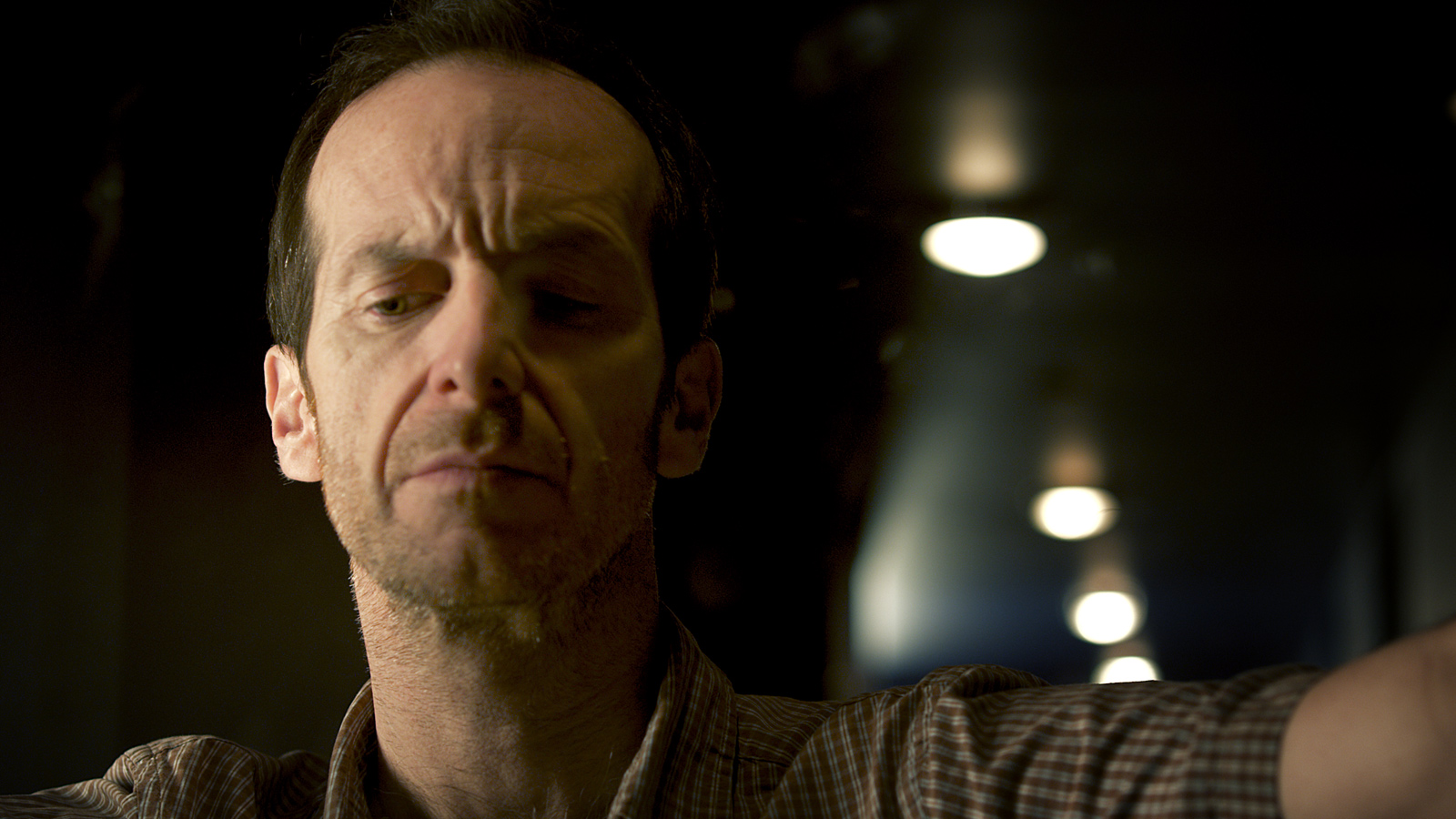

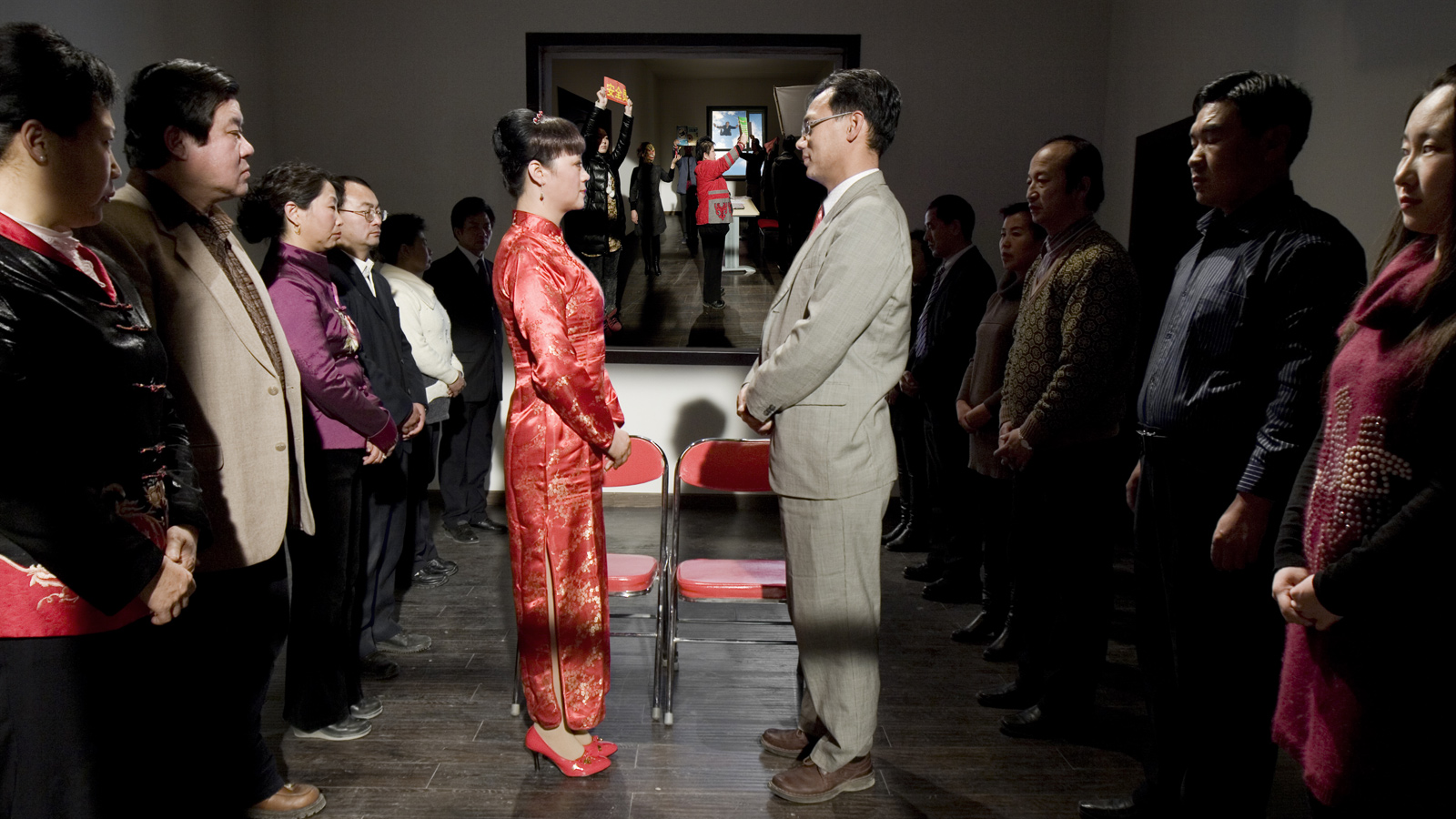

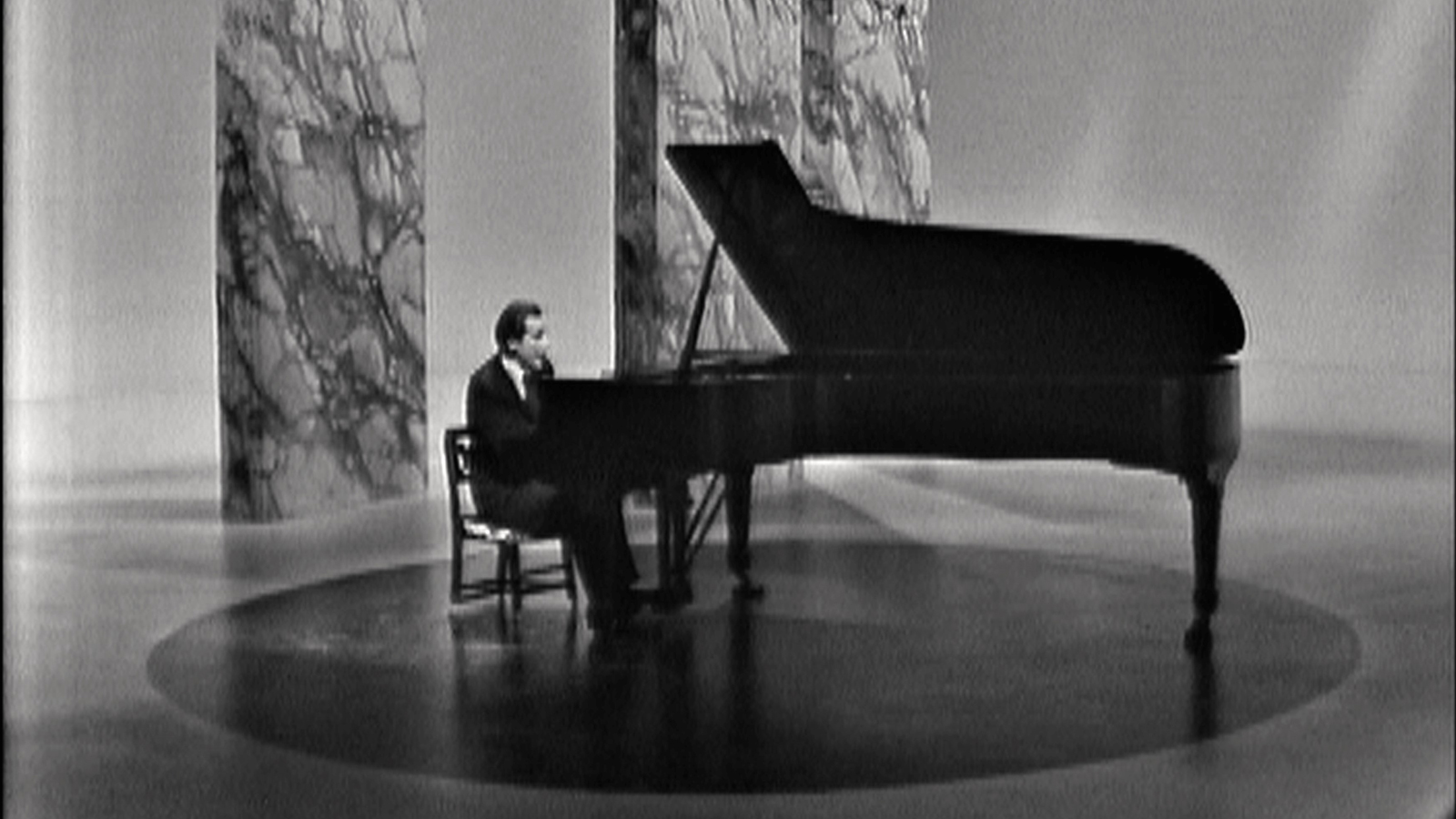
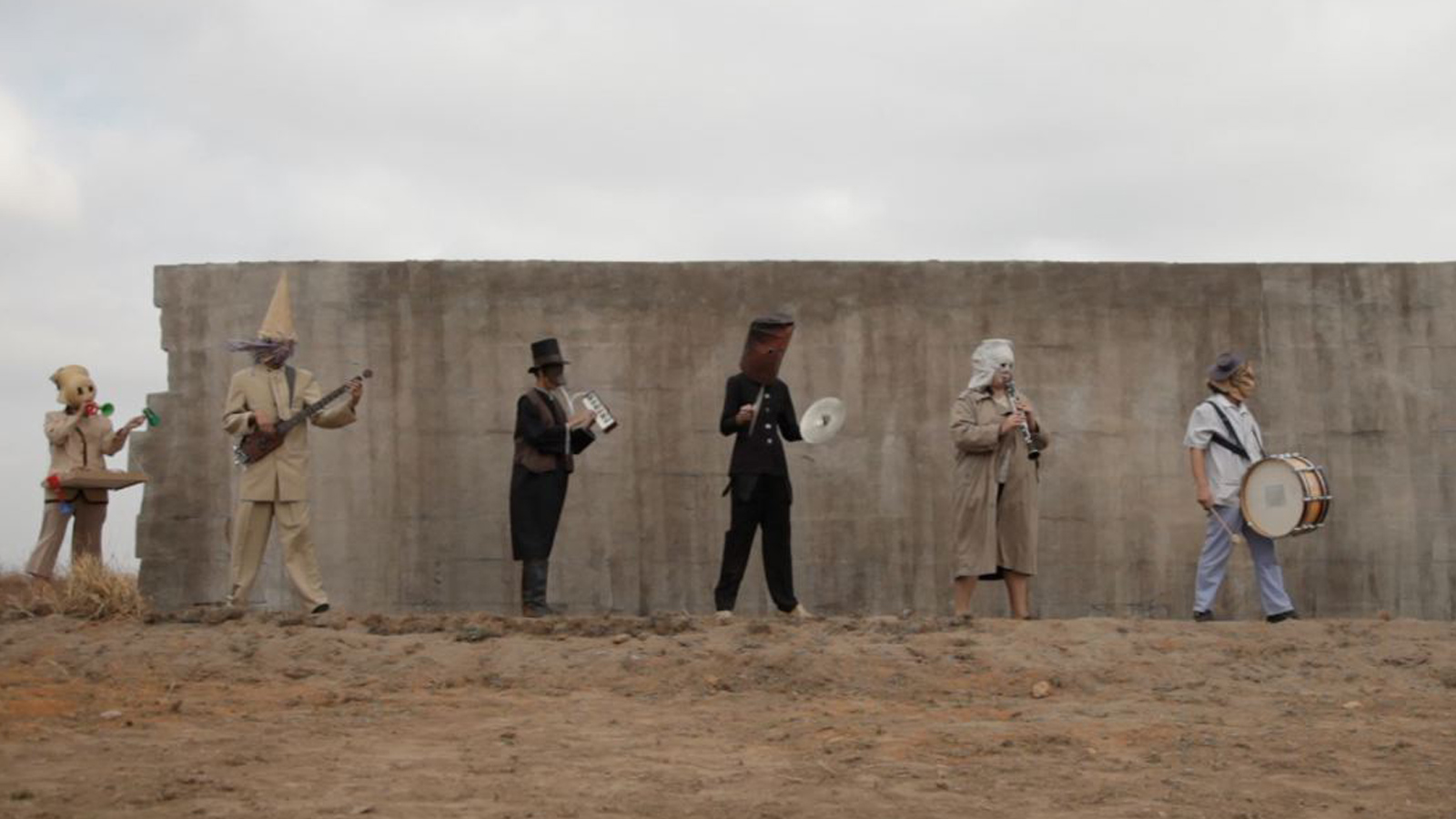
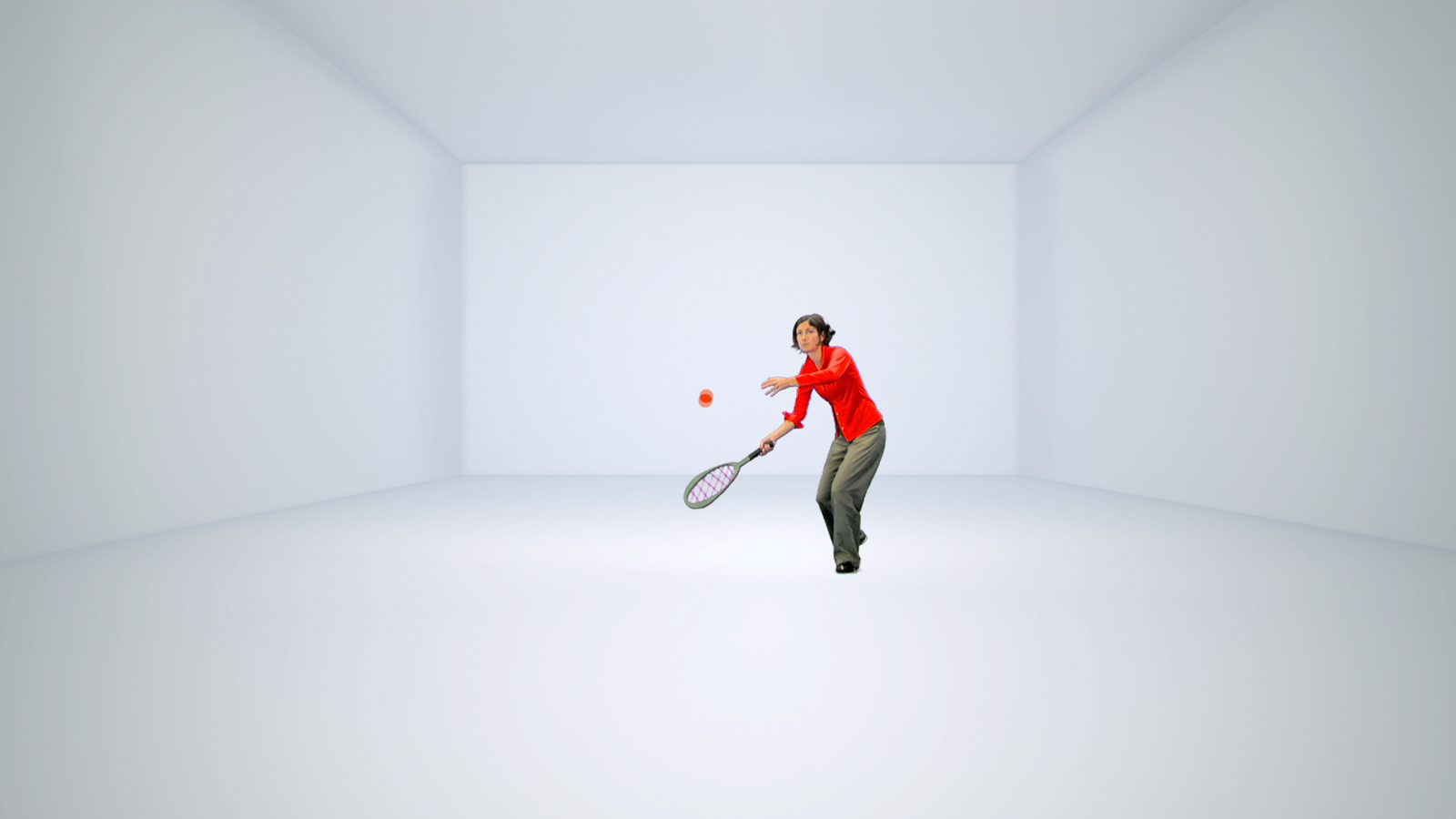
Biographies
-
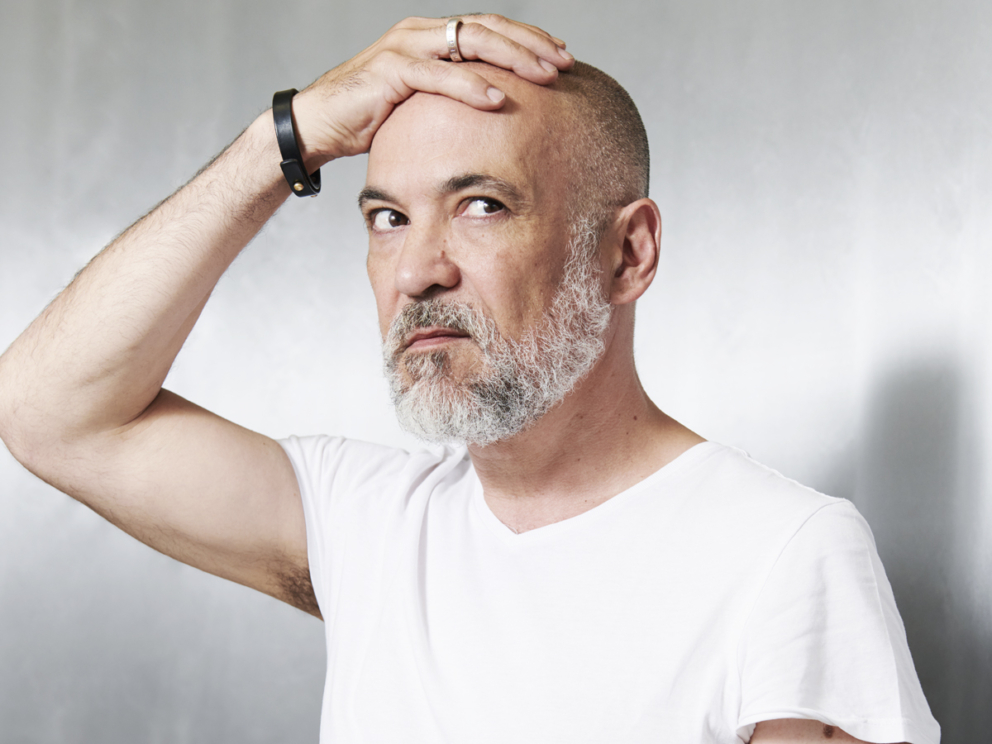
Didier Fiúza Faustino
Didier Fiúza Faustino is a French – Portuguese artist and architect, working on the relationship between body and space. With Mésarchitecture (2002) in Paris and his office in Lisbon (2018), he is developing projects of multiple scales: interventions in public space, mobile architectures, as well as interior designs and buildings, among which French artist Jean-Luc Moulène’s studio. Several projects and works are part of the collection of major institutions: MoMA, Calouste Gulbenkian Foundation, Serralves Foundation, Fonds National d’Art Contemporain, Musée National d’Art Moderne / Centre Georges Pompidou, MAXXI, MAAT, FRACs Centre – Val de Loire et Grand Large – Hauts de France.
Videos
Sponsor
The Calouste Gulbenkian Foundation reserves the right to collect and keep records of images, sounds and voice for the diffusion and preservation of the memory of its cultural and artistic activity. For further information, please contact us through the Information Request form.
